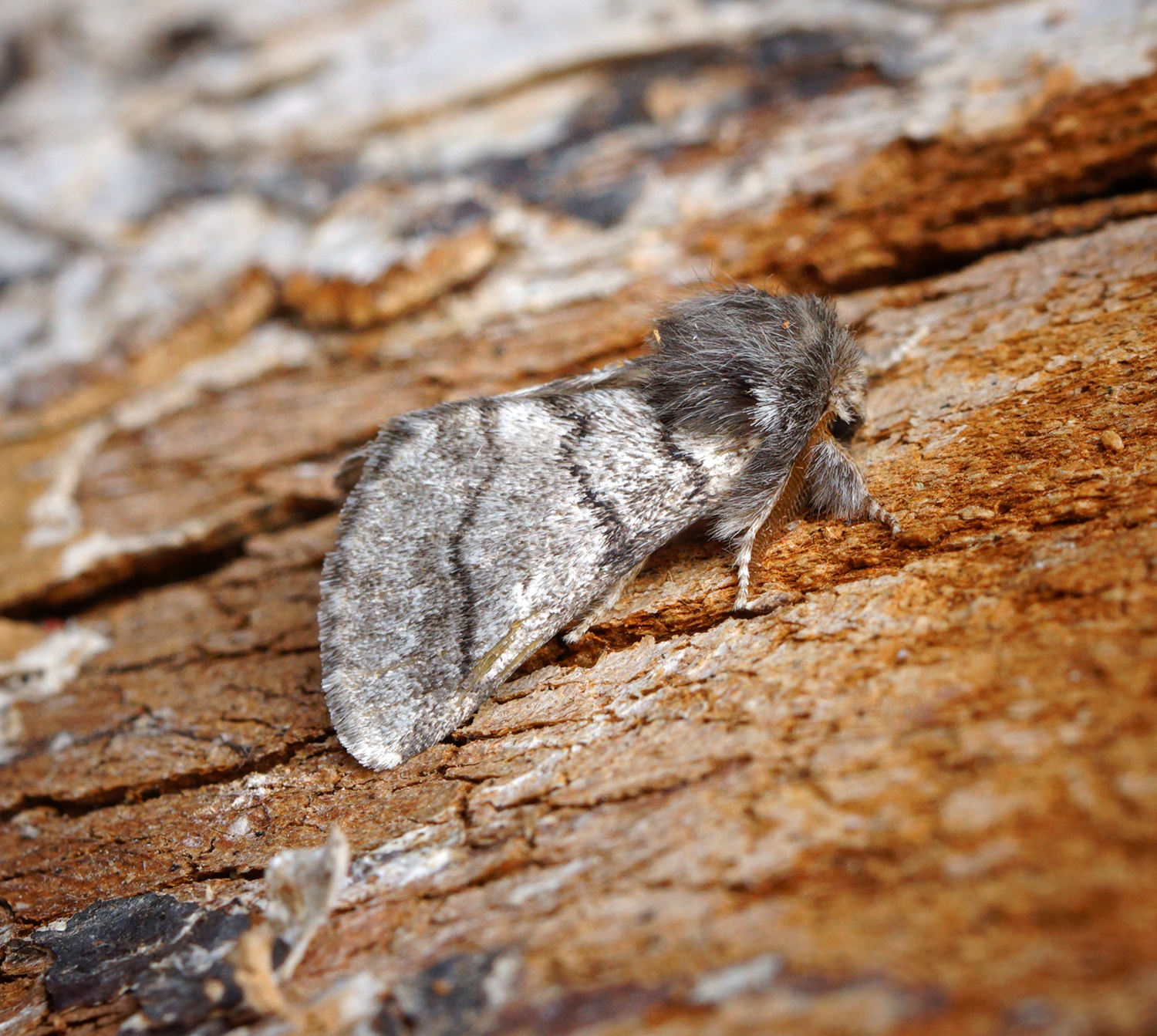It can sometimes seem that the Oak Processionary generates more bad press than all the other 2,500 plus moth species combined.
To put the record straight, Butterfly Conservation's Andrew Cooper explains everything you need to know about this much-maligned moth.
The Oak Processionary Thaumetopoea processionea originates from central and southern Europe. It is expanding northwards on the European mainland and increasing numbers now turn up as immigrants in southern England, particularly on the south coast.
In the last 15 years, the moth, which is classed as a pest species, has established resident populations in the UK after being accidentally imported with oak trees. Colonies are mainly found in the London area, though the moth’s distribution is expanding.
The moth's name originates from the peculiar behaviour of the caterpillars, which sometimes gather together in a nose-to-tail procession.
The harmless adult, which is on the wing from early August to September, is cryptically patterned enabling the moth to blend in against tree trunks.
Unlike the adult moth, the Oak Processionary caterpillar does not rely on camouflage for protection. Instead, the caterpillars, that are found in May and June, rely upon an armoury of irritating hairs which break off when the creature is disturbed - deterring any would-be assailants.
In their native habitat, large numbers of Oak Processionary caterpillars may strip trees of leaves which can, in turn, leave them vulnerable to other threats. Defoliation has, however, only rarely been recorded in the UK.
Apart from the caterpillar's potential to defoliate trees, it is the Oak Processionary's protective hairs that generate much of the negative press, for these hairs contain a substance called thaumetopoein.
If these hairs break off in people's skin they can in some cases cause a painful rash and if inhaled, can lead to respiratory problems. These risks are relatively low, however, unless people handle the caterpillars.
There are a handful of other moth species armed with irritating hairs so Butterfly Conservation advises people to avoid touching any hairy caterpillar they find unless they know what species they are dealing with.
If you think you have seen an Oak Processionary caterpillar, please report the sighting, along with a photo, to the Forestry Commission’s Tree Alert service.
pdf 222.22 KB
pdf 175.91 KB


